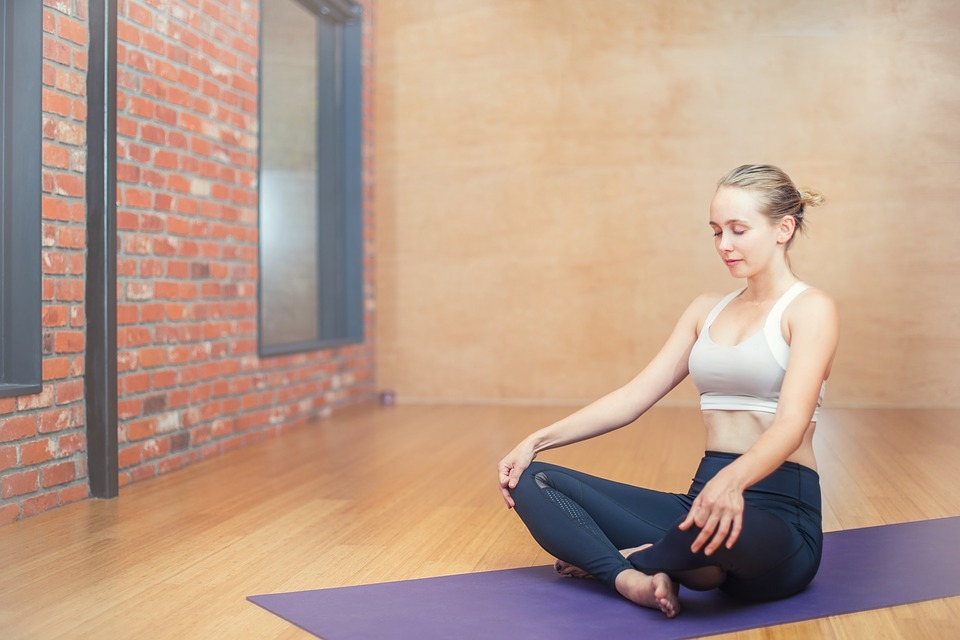
How to reduce stress with progressive muscle relaxation
Many people experience anxiety and stress in their bodies. Tense muscles, headaches and general body pains brought on by stress can get in the way of engaging in life. This technique can help.
Progressive muscle relaxation (PMR) teaches you how to relax your muscles using a two-step process of tensing and then relaxing, paired with when you inhale and exhale. This exercise aims to help you lower your overall tension and go about your day to day activities in a more relaxed and efficient manner.
Watch Nicole Walter, an occupational therapist at McMaster Children’s Hospital, demonstrate the technique for PMR. If you have problems with pulled muscles, broken bones, or any medical issues that would hinder physical activity, consult your doctor first before attempting PMR.
How to relax your muscles using progressive muscle relaxation
Sit or lie down.
1. Take a slow, deep breath in through your nose, holding it for a few seconds before exhaling.
2. Take a slow, deep breath while squeezing the muscles in your hands and arms for 5 seconds – imagine you’re squeezing lemons to make lemonade.
3. Exhale and release all the tension from your hand and arm muscles.
4. Take a slow, deep breath while squeezing the muscles in your shoulders for 5 seconds – trying to touch your ears with your shoulders.
5. Exhale and release all the tension from you shoulder muscles.
Repeat this two-step process of tensing and relaxing on other muscles groups like your face (pretend you’re trying to move a fly off your nose), stomach (imagine a baby elephant is about to step on your stomach) and legs (pull your toes towards your hips) until you feel loose and relaxed.
Tips for success
• Make the muscle tension deliberate and gentle – you should never feel intense or shooting pain
• Pay attention to how differently it feels for your body to be relaxed versus tense
• Say a word or phrase as you exhale (like relax or let go)
• Try moving in sequence, either from your forehead to your feet or from your feet to your forehead. Over time, you can decide which sections of your body you want to focus on
• As you learn to recognize what tense muscles feel like in your daily life, you can start to tense and release them without needing to go through the whole process
